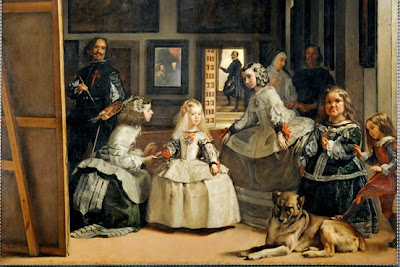
Sketch for "Composition II." 1909-1910
View SlideshowBeginning in 1929, Solomon R. Guggenheim, advised by his friend Hilla Rebay, the notoriously difficult painter, collector and connoisseur of modernist art, bought more than 150 works by Vasily Kandinsky (1866-1944), along with many by other similarly high-minded artists. In 1939, Guggenheim put his collection on display at his Museum of Non-Objective Painting—the direct ancestor of the present Frank Lloyd Wright-designed museum on Fifth Avenue that bears his name. Rebay was the first director. "Uncle Solomon's garage," as his niece, the vanguard enthusiast Peggy Guggenheim, called the museum's first incarnation, included permanent galleries devoted to Kandinsky, a reflection of Guggenheim and Rebay's enthusiasm for the rigorous nonrepresentational approach the painter developed in his quest for what he called, in his writings, "the spiritual in art." Now, the Guggenheim returns to its original mission with a comprehensive retrospective, "Kandinsky," opening Friday and on view through Jan. 13. It's the first major exhibition devoted to the Russian-born artist and theorist—possibly the very first abstract painter—since the Guggenheim's three-part survey more than a quarter century ago.That exhibition is surveyed in the book
Kandinsky at the Guggenheim. (1983). Vivian Endicott Barnett. New York : Solomon R. Guggenheim Museum : Abbeville Press. One of the paintings accompanying the article in today's print Wall Street Journal, and part of the
online slideshow is
Black Lines (Schwarze Linien). December 1913. Oil on canvas. 51 x 51 5/8 in. The painting is also the cover of the forementioned book.
Another painting in both locales is
Succession. April 1935. Oil on canvas. 81 x 100 cm.
The forementioned book is one of
several that HWPL has; it also owns video about him, and 26 slides of some of his artworks.

The New York Times also has a
review of the art exhibit, and accompanying art work.
 Surrealist biomorphism: “Capricious Forms” (1937), a work from Kandinsky’s Paris period, is part of a retrospective at the Guggenheim.
Surrealist biomorphism: “Capricious Forms” (1937), a work from Kandinsky’s Paris period, is part of a retrospective at the Guggenheim. Picture With a Circle" (1911)
Picture With a Circle" (1911)  Audio Slide Show Color, Movement, Transformation
Audio Slide Show Color, Movement, Transformation











